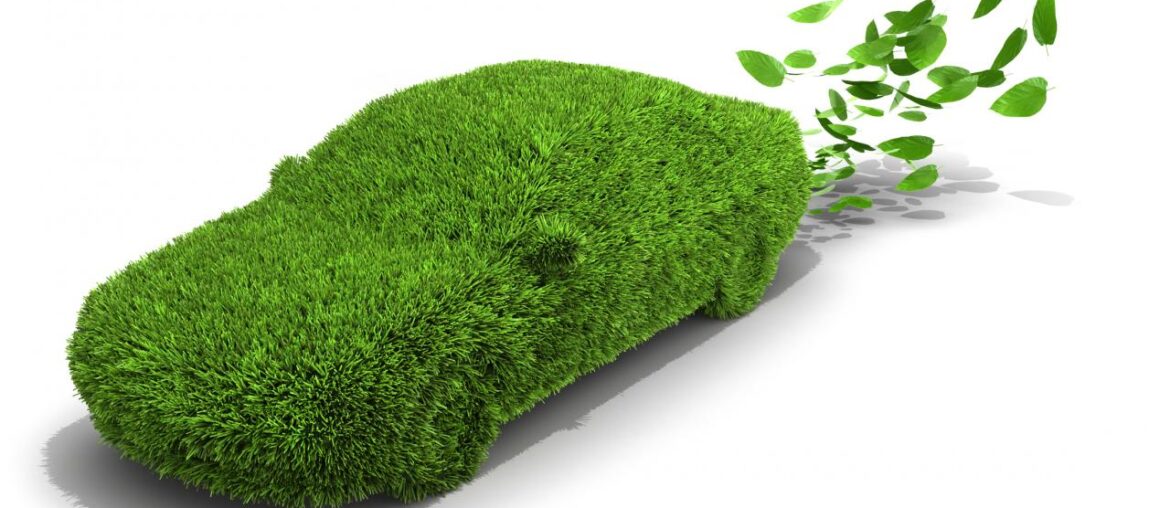Transportation accounts for almost one-third of all pollution in the United States. More energy-efficient automobiles can minimize the adverse effects of pollution on the environment and human health. Although this is not an overnight thing, we can step by step apply sustainable practices to make your car greener.
Below are 4 sustainable practices to make your car greener, thus minimizing your vehicle’s carbon footprint.
Make Green Upgrades

You can make specific changes to your vehicle and follow the best sustainable practices to make your car greener, regardless of brand, model, or year.
- Gasoline: Fuel selections, combinations, and fuelling habits may all have an impact on how environmentally friendly your car is. Bioethanol and biodiesel may be viable fuel solutions for your present car.
- Tires: Look for low-rolling tires – tires that reduce resistance and energy loss – or tires created with sustainable procedures or that leave little environmental effect behind.
- Oil: Motor oil and used motor oil is extremely toxic to plants, wildlife, and humans. In addition, they can easily get into soil and water due to leaks or improper disposal. This is why you should switch to synthetic oils, natural alternatives, or recycled and refined oil.
- Emissions: A car’s emission system cleans and reduces exhaust pollutants, so make sure that It satisfies the legal requirements for environmental effect. Get it checked right away when the check engine light illuminates.
Practice Green Driving

Not just what you drive, but also how you drive has an influence on your carbon footprint. Avoid abrupt starts and stops, and stick to the speed limit. You may increase your gas mileage and generate fewer greenhouse gasses this way.
Speeding and erratic driving can reduce your MPG, plus it is very dangerous to the driver and the passengers. Even if no one is wounded in a fender crash, how environmentally friendly is it to obtain a new bumper or have your car repainted? Quite substantial indeed!
Also, remember to travel wisely and reduce needless miles. You can do this by combining errands, getting good directions, and contacting ahead. Many of these strategies are referred to as “hypermiling,” and they assist you to maximize your fuel economy.
Make it a practice to never leave your car idling for more than 30 seconds, and remove heavy things and cargo racks when not in use. By using sustainable practices like this one, your car will become much greener!
Keep Your Car in Tune

Another way to save money and benefit the environment, in the long run, is to maintain your car regularly. Regular tune-ups, maintenance, and having clean air filters will help you consume less petrol, pollute less, and avoid future automobile problems.
Follow your owner’s handbook and make sure you get your oil changed and other maintenance done on a regular basis.
To keep them operating as clean as possible, newer automobiles feature extremely complicated pollution controls. Your car will pollute more than it should if any of these controls are not working properly.
Maintaining correct tire inflation also allows your car to run more effectively and consume less gasoline. In your owner’s handbook, you’ll see the recommended tire pressure for your car.
Fun fact: If all tires in the U.S. were properly inflated, we could save around 2 billion gallons of gasoline each year! (Optimal pressure should be found in your owner’s handbook.) Finally, pull all of the trash out of the trunk! Your fuel efficiency is suffering as a result of all that added weight.
Switch to Eco-Friendly Cars Instead

An eco-friendly vehicle is one that has been developed or improved to reduce pollution and waste. This might involve upgrading the vehicle’s energy source or manufacturing it with recyclable components.
The United States is the second-largest contributor to CO2 emissions from fuel combustion, accounting for 29 percent of total U.S. greenhouse gas emissions from transportation, mostly from the use of fossil fuels in automobiles, trucks, ships, trains, and planes.
As you can see, using eco-friendly cars is one of the most effective practices to make your car green.
- Biodiesel Cars: They use natural vegetable oils such as canola, sunflower, soy, and hemp as fuel. Waste oils from frying meals can also be used once they have been treated and cleaned.
- Electric Cars: Although there is no tailpipe pollution with fully electric automobiles, there may be pollution from power plants that generate electricity. Using electric vehicles in conjunction with renewable energy sources removes practically all pollution.
- Ethanol Cars: Ethanol fuel is derived from ethyl alcohol, which is distilled from high-starch crops such as corn, grains, grass, or sugar, but it can also be derived from other organic substances. Ethanol fuel is blended with unleaded gasoline in varied proportions, ranging from 15% gas to 85% ethanol, and is commonly used in hybrid vehicles.
- Hybrid Cars: A hybrid automobile is one that is powered by two separate sources of energy, often an internal combustion engine and an electrical motor. Radio waves, electromagnetic fields, electricity, hydrogen, liquid nitrogen, and gasoline are all potential energy sources for hybrids.
- Hydrogen-Powered Cars: Hydrogen fuel cell cars run on an electric motor that combines hydrogen gas from a fuel tank with oxygen. The combination produces electricity while emitting only heat and water as byproducts.
Summary
Owning a car makes our life much more convenient. Yet, what people don’t usually pay attention to is how we can make our cars greener and more sustainable. These are just a few tips we want to share with you along your journey to sustainability. In fact, there is a lot more to cover, so we’ll get back to you in another article. Stay tuned and don’t forget to follow us on Instagram, Facebook, and our blog page to get the latest updates!





